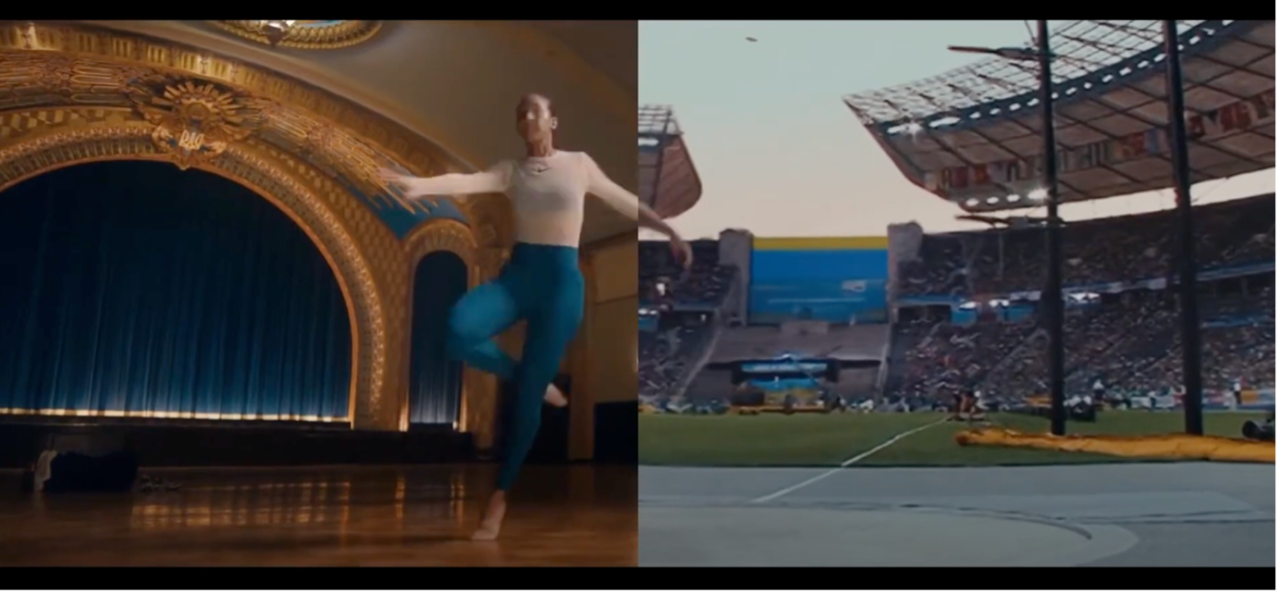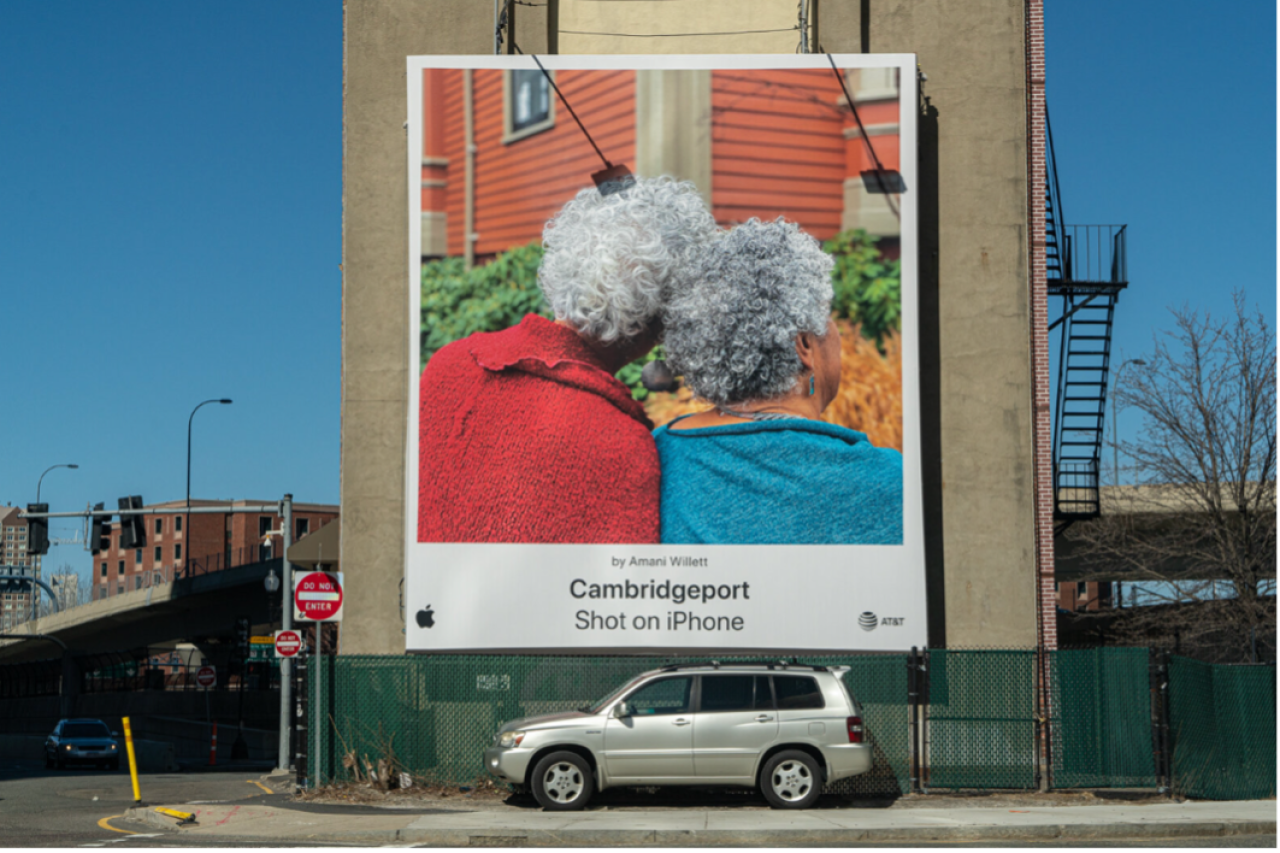UGC vs professional video: Finding the right fit for your brand

As a video producer who's been in the game for a while (long enough to remember when “vertical video” was a crime!) I’ve seen trends come and go. High-def revolutionised everything (until 4K came along), drones gave us wings, and now? Now we’re living in the age of User-Generated Content (UGC).
You’ve probably noticed it too. Scroll through your social feeds and it’s a never-ending stream of people talking directly to camera, unboxings, reviews, life hacks, dances, or just being wonderfully chaotic. It’s raw, it’s real, and it’s everywhere.
But what does this mean for professional video creatives? The crew who spend hours crafting the perfect lighting setup, selecting the perfect prime lens for the shot, or obsessing over whether that one drone shot could be 3% smoother? Should they be worried?
Has the era of high-end production been knocked off its perch by someone filming ‘quick and dirty’ content on an old iPhone? Let’s break it down.
What Is UGC and why is everyone so obsessed with it?
User-generated content is basically what it says on the tin: videos made by real people. No scriptwriters, no gaffers, no production vans blocking traffic. Just customers, influencers, or employees creating content that speaks directly to other humans.
And brands are lapping it up. Why? Because it works. UGC feels honest. It’s relatable, it’s quick, and best of all it doesn’t scream "this is an ad!".
Studies back this up too: people are consistently saying that UGC impacts their purchasing decisions more than traditional ads. Why? Because it doesn’t feel like you’re being sold to. It feels like your mate saying, “Oi, this actually works.”
Glossier built a whole brand off the back of reposting customer selfies and product reviews. The result? A loyal community that wants to share content for them. No big productions required: just good vibes and great word-of-mouth.
But don’t write off professional video just yet
Now, before you decide to shoot your next TV ad on an iPhone, let’s not forget the power of a polished production.
Professional video still absolutely has its place, especially when you're launching a big campaign, showcasing your brand identity, or telling a more complex story. This kind of content brings structure, strategy, and let’s be honest: higher quality visuals.
Take Apple, for instance. Their ads are masterclasses in visual storytelling. Clean, sleek, emotional - all the stuff that makes us want to part with a kidney for the latest iPhone model.
Or Nike’s “You Can’t Stop Us” campaign: crafted with meticulous editing to create a truly emotional montage of unity and strength. UGC can’t really do that. And it’s not meant to.
There’s a reason big brands still invest in high-end productions. It gives control, consistency, and that all-important brand polish that reassures your audience.

Nike’s “You Cant Stop Us” campaign
So... When should you use which?
Here's where it gets interesting, and where, as a video producer, I often find myself saying “why not both?”.
Use UGC-style content when:
You want to boost engagement on social.
You're running a time-sensitive campaign (like jumping on a TikTok trend).
You’re sharing testimonials, reviews, or customer stories.
Budgets are tight and you need content, fast.
UGC thrives in the messy, fast-moving world of social media. It’s brilliant for building trust and authenticity (think behind-the-scenes clips, unboxings, or “a day in the life” videos). Often the less polished, the better!
Use professional video production when:
You’re launching a flagship product or campaign.
You need to represent your brand at its absolute best.
You're creating long-term content for TV, your website or paid ads.
You want full creative control, consistency, and polish.
Professional content is your dapper suit. UGC is your comfy hoody. Both are useful, it just depends where you’re going.
Brands who get the balance right
Some of the smartest brands are mixing both styles seamlessly.
Superdrug blends influencer-style UGC with slicker videos for a nice mix of relatability and gloss (yes, full disclosure, I work on some of these and I’m biased!).
GoPro made an empire out of UGC, with for example their “GoPro Awards” campaign. People strap their cameras to bikes, helmets, and sharks (seriously!), and GoPro then curates and polishes the best bits. Genius.
Coca-Cola’s “Share a Coke” campaign turned customer-submitted videos into polished national ads. That’s user content, elevated.
Air BnB’s “Live There” campaign worked brilliantly by encouraging customers to share their photos and experiences for an authentic and memorable TV ad.
Apple successfully used UGC content in their ‘Shot on iPhone’ campaigns.

(C) Apple
It’s not either/or - it’s about intent
So no, professional video production isn’t dead, and UGC isn’t just a trend. They’re both tools in the video marketing kit. The trick is knowing when to grab the webcam and ring light and when to roll out the Steadicam and jib arm.
As someone who’s spent years obsessing over shot-lists and storyboards, I’ll always love the craft of a beautifully made video or TV ad. But I’m not too proud to admit that sometimes, a wobbly front-facing camera clip can do a specific job better.
The real power? It’s in choosing the right medium for the moment.